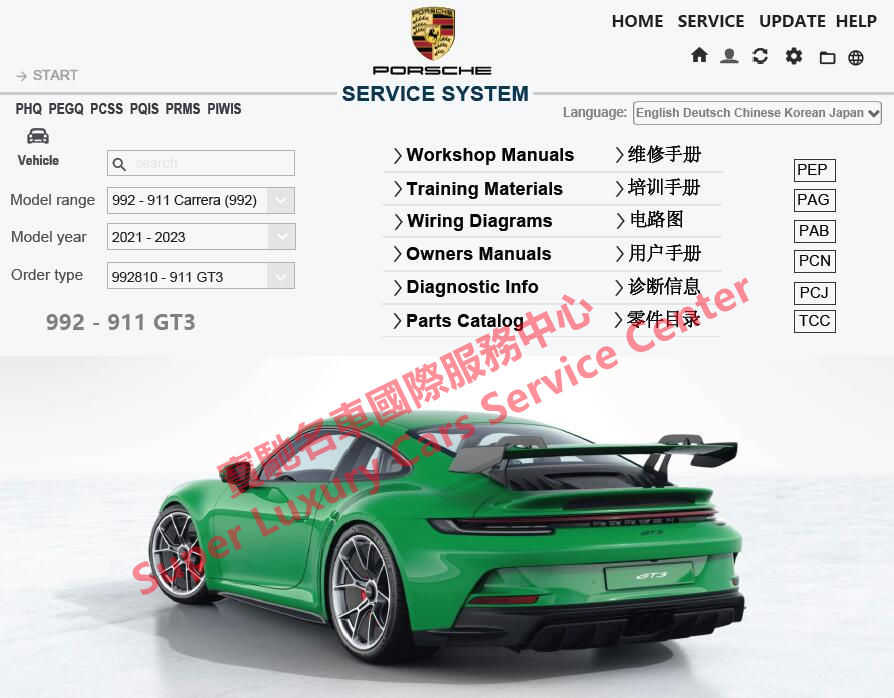How to Ensure Crane Stability on Rough Ground
페이지 정보

본문
The Challenges of Maintaining Crane Stability on Uneven Terrain
Crane operation on uneven or unstable terrain can be a significant challenge for crane operators. Maintaining the crane’s stability on sloped or unstable ground is key to ensuring safe and effective crane use. Without proper precautions, cranes on uneven terrain can lose stability and cause accidents.
Deploy Mats or Pads to Support Crane Stability
One of the best ways to stabilize a crane on uneven terrain, ensure that mats or pads are in place to help distribute the load evenly across the terrain. These pads provide a stable base, reduce ground pressure, and help prevent the crane from sinking into soft soil. Mats and pads reduce the risk of accidents caused by uneven surfaces and Caterpillar Repair Manual (http://winnipeg.pinklink.ca/) improve crane safety.
Ensure the Crane Is Leveled Before Lifting
Prior to lifting loads with the crane, make sure the crane is properly leveled. If the ground is uneven, adjust the crane’s position or use leveling systems to compensate. Failing to level the crane increases the risk of accidents and load shifts during operation.
Check for Changes in Terrain Throughout Crane Operations
The ground beneath the crane can change over time, especially with heavy loads or adverse weather. Continuously monitor the ground conditions throughout crane operations to ensure stability is maintained. Continuing to check ground conditions helps prevent accidents caused by shifting or unstable terrain.
Distribute Loads Evenly to Prevent Crane Instability
Even load balancing is essential for preventing crane tipping or load shifts. Proper load distribution reduces stress on the crane and helps maintain stability on uneven terrain. Distributing the load correctly is critical for keeping the crane balanced and safe during operations on uneven terrain.
Stop Crane Use During Dangerous Weather Events
Extreme weather events can increase the risk of crane instability on uneven or unstable terrain. If weather conditions worsen, pause crane operations until the situation improves. Severe weather increases the likelihood of crane instability, load shifts, and accidents.
 Conclusion
Conclusion
Stabilizing cranes on uneven surfaces is vital for preventing accidents and ensuring safe operations. the proper precautions and tools, you’ll greatly reduce the risks associated with crane operation on uneven surfaces. Taking these precautions will help keep your crane stable and prevent accidents on rough terrain.
Crane operation on uneven or unstable terrain can be a significant challenge for crane operators. Maintaining the crane’s stability on sloped or unstable ground is key to ensuring safe and effective crane use. Without proper precautions, cranes on uneven terrain can lose stability and cause accidents.
Deploy Mats or Pads to Support Crane Stability
One of the best ways to stabilize a crane on uneven terrain, ensure that mats or pads are in place to help distribute the load evenly across the terrain. These pads provide a stable base, reduce ground pressure, and help prevent the crane from sinking into soft soil. Mats and pads reduce the risk of accidents caused by uneven surfaces and Caterpillar Repair Manual (http://winnipeg.pinklink.ca/) improve crane safety.
Ensure the Crane Is Leveled Before Lifting
Prior to lifting loads with the crane, make sure the crane is properly leveled. If the ground is uneven, adjust the crane’s position or use leveling systems to compensate. Failing to level the crane increases the risk of accidents and load shifts during operation.
Check for Changes in Terrain Throughout Crane Operations
The ground beneath the crane can change over time, especially with heavy loads or adverse weather. Continuously monitor the ground conditions throughout crane operations to ensure stability is maintained. Continuing to check ground conditions helps prevent accidents caused by shifting or unstable terrain.
Distribute Loads Evenly to Prevent Crane Instability
Even load balancing is essential for preventing crane tipping or load shifts. Proper load distribution reduces stress on the crane and helps maintain stability on uneven terrain. Distributing the load correctly is critical for keeping the crane balanced and safe during operations on uneven terrain.
Stop Crane Use During Dangerous Weather Events
Extreme weather events can increase the risk of crane instability on uneven or unstable terrain. If weather conditions worsen, pause crane operations until the situation improves. Severe weather increases the likelihood of crane instability, load shifts, and accidents.
 Conclusion
ConclusionStabilizing cranes on uneven surfaces is vital for preventing accidents and ensuring safe operations. the proper precautions and tools, you’ll greatly reduce the risks associated with crane operation on uneven surfaces. Taking these precautions will help keep your crane stable and prevent accidents on rough terrain.
- 이전글다이아카지노❤️ COD79。COM ❤️마카오룰렛미니멈마카오갤럭시카지노후기마카오카지노이용방법마카오카지노슬롯머신마카오캄펙카지노 24.10.08
- 다음글010인증 | 11번가아이디판매 lwo 텔램 @BEST797979 | | wuzipt 24.10.08
댓글목록
등록된 댓글이 없습니다.














